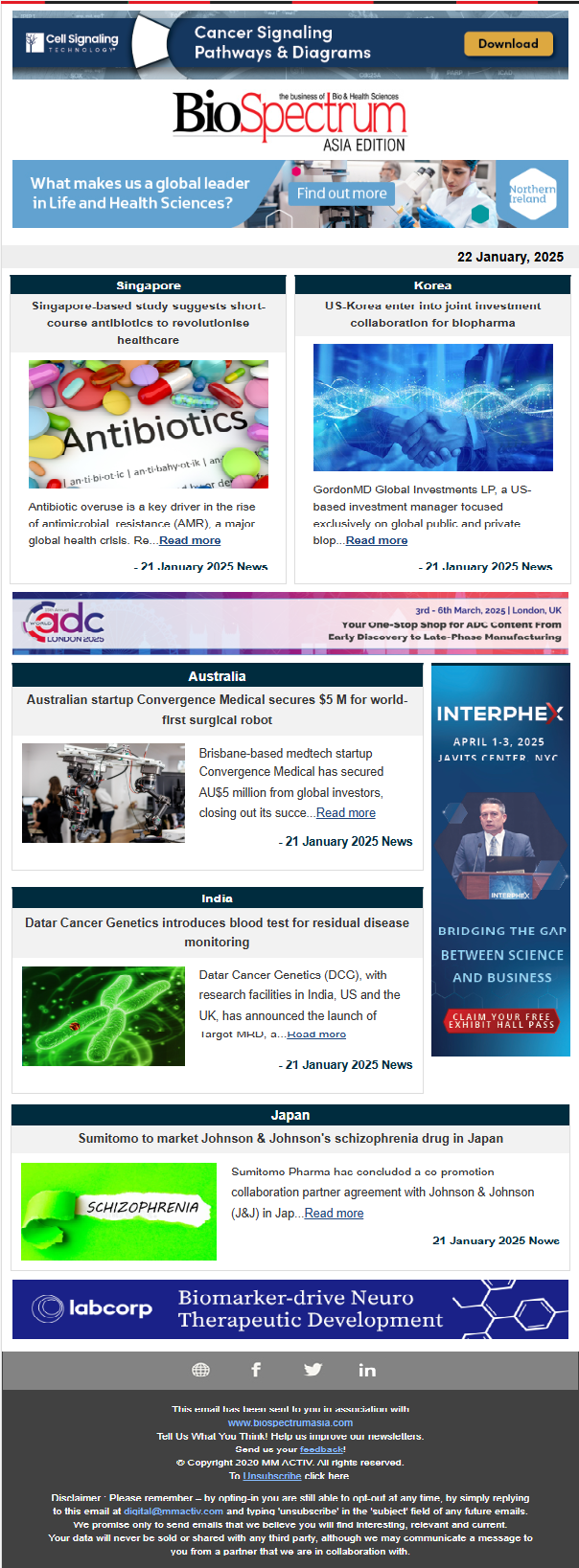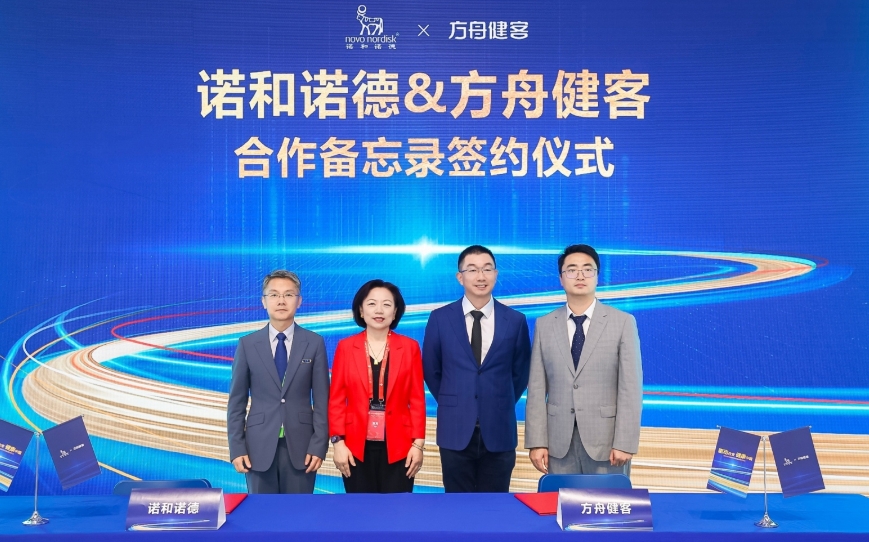
Image credit- shutterstock
Global interest in radiopharmaceuticals has surged in recent years, driven by a string of high-profile deals and rising demand for targeted therapies. Major pharmaceutical companies from Pfizer to Eli Lilly have collectively invested billions of dollars to secure a foothold in this emerging space. GE HealthCare’s acquisition of Japan based Nihon Medi-Physics in March 2025 is one such example of strategic consolidation aimed at strengthening radiopharmaceutical capabilities.
In the APAC region, this momentum is mirrored by a growing number of players and initiatives focused on developing and manufacturing radiopharmaceuticals. Australia, in particular, has emerged as a stronghold, with companies like Telix Pharmaceuticals, Clarity Pharmaceuticals, AdvanCell Biosciences, and Radiopharm Theranostics leading innovation across diagnostics and therapeutics.
South Korea is stepping up its radiopharmaceutical ambitions. SK Biopharmaceuticals recently signed its first Actinium-225-based research agreement with the Korea Institute of Radiological and Medical Sciences, marking a push into targeted radiotherapy. Meanwhile, Korean Contract Development and Manufacturing Organisation (CDMOs) including DuChemBio, CellBion, and FutureChem are expanding their capabilities to tap into growing demand.
Securing the isotopes supply chain
As the global radiopharmaceuticals market gains momentum, the APAC region is moving quickly to establish a firm foothold in this complex and increasingly strategic domain. Once considered a niche, radiopharmaceuticals are now central to precision oncology and advanced diagnostics. But their promise comes with equally intricate supply chains, where production and logistics depend on a delicate balance of radioactive isotopes, infrastructure, and regulatory synchrony.
A fundamental constraint facing radiopharmaceutical manufacturing is the short half-life and high volatility of key isotopes like Lutetium-177, Actinium-225, Molybdenum-99, and Oxygen-18. These elements must be produced in controlled settings, transported with care, and delivered rapidly for clinical use.
“Radiopharmaceuticals have very short shelf lives and must be administered shortly after manufacture, making local production essential,” said Simone Leyden AM, Senior Director Global Public Affairs and Patient Advocacy, Telix Pharmaceuticals.
Any interruption whether from logistical bottlenecks or international policy shifts can delay treatment availability and affect patient outcomes.
Yet building such local infrastructure comes with steep costs. “One of the key challenges is the significant capital investment required to build radiopharmaceutical manufacturing facilities, while the market prices for these drugs remain relatively low. A viable solution is for companies to outsource manufacturing to CDMOs such as FutureChem,” said Dr Dae Yoon Chi, CEO of FutureChem. The company has developed advanced capabilities in producing fluorine-18-based radiopharmaceuticals for PET/CT imaging and operates Korea’s largest infrastructure in the space including five GMP-compliant facilities and five cyclotrons.
That’s why the APAC region is beginning to scale up its capabilities building a foundation of manufacturing facilities, isotope supply chains, and regional partnerships to enable localised and timely access.
Australia has emerged as the clear regional leader in radiopharmaceutical innovation and production. Telix Pharmaceuticals, a key player, recently acquired Canadian company ARTMS for $82 million to secure isotopes like Copper-64 and Technetium-99m for its diagnostics pipeline. ARTMS also brings capabilities in therapeutic isotopes such as Actinium-225 and Astatine-211, expanding Telix’s potential reach. Meanwhile, AdvanCell is advancing a lead-212 platform focused on targeted alpha therapies. Their system is designed for daily access to 212Pb, supported by robust infrastructure and a secured isotope supply chain. Australia's AdvanCell partners with Lilly to develop new targeted alpha therapies for cancer treatment.
Underpinning this growth is the Australian Nuclear Science and Technology Organisation (ANSTO), which provides a broad portfolio of isotopes, supporting both medical and environmental applications.
Elsewhere in the region, companies are moving rapidly to forge strategic partnerships that guarantee isotope access. In January 2025, Taiwan’s Primo Biotechnology signed an exclusive agreement with U.S.-based SHINE Technologies for distribution of Ilumira, a no-carrier-added Lutetium-177, across Taiwan, Japan, South Korea, and Singapore. SHINE’s Cassiopeia facility, North America’s largest Lu-177 production plant, is scaling operations to meet this demand, giving Primo a vital edge in regional delivery.
Japan is also taking steps to strengthen its radiopharmaceutical supply network. In April 2025, Sumitomo Corporation signed a memorandum of understanding with SHINE Technologies to explore isotope distribution across Asia, with a focus on next-generation fusion-based production. This move aligns with Japan’s broader ambition to support nuclear medicine innovation and establish diversified supply routes.
China, meanwhile, is building out domestic infrastructure to meet anticipated demand. China National Nuclear Corporation (CNNC) has launched an integrated isotope programme aimed at self-sufficiency. In May 2025, CNNC's Qinshan Nuclear Power Base completed its first commercial shipment of Carbon-14 under the ‘He Fu No.1’ brand, signalling the start of a national platform spanning research, manufacturing, and distribution of medical isotopes. Pharma giant Novartis has also announced plans to establish its first radiopharmaceutical production site in China, with local operations expected to begin by 2026.
South Korea, too, has unveiled a national roadmap to localise radiopharmaceutical supply chains and become an exporter by 2035. The Ministry of Science and ICT plans to support local isotope production particularly of Lutetium-177 and Molybdenum-99 through a mix of government-funded clusters and public–private partnerships. The roadmap includes a new drug development centre in Seoul and an isotope manufacturing hub. The country aims to advance at least three novel radiopharmaceuticals within the next decade.
CDMOs are following suit. DuchemBio recently gained clearance to operate Korea’s first Oxygen-18 recovery and purification facility, ending its dependence on imported supplies. SK Biopharm signed a supply agreement with PanTera for Actinium-225, while FutureChem partnered with Israel-based Isotopia to secure non-carrier-added Lutetium-177 for clinical use.
With coordinated development and supply strategies, the region is carving out an important role in global radiopharma push.
Ayesha Siddiqui




